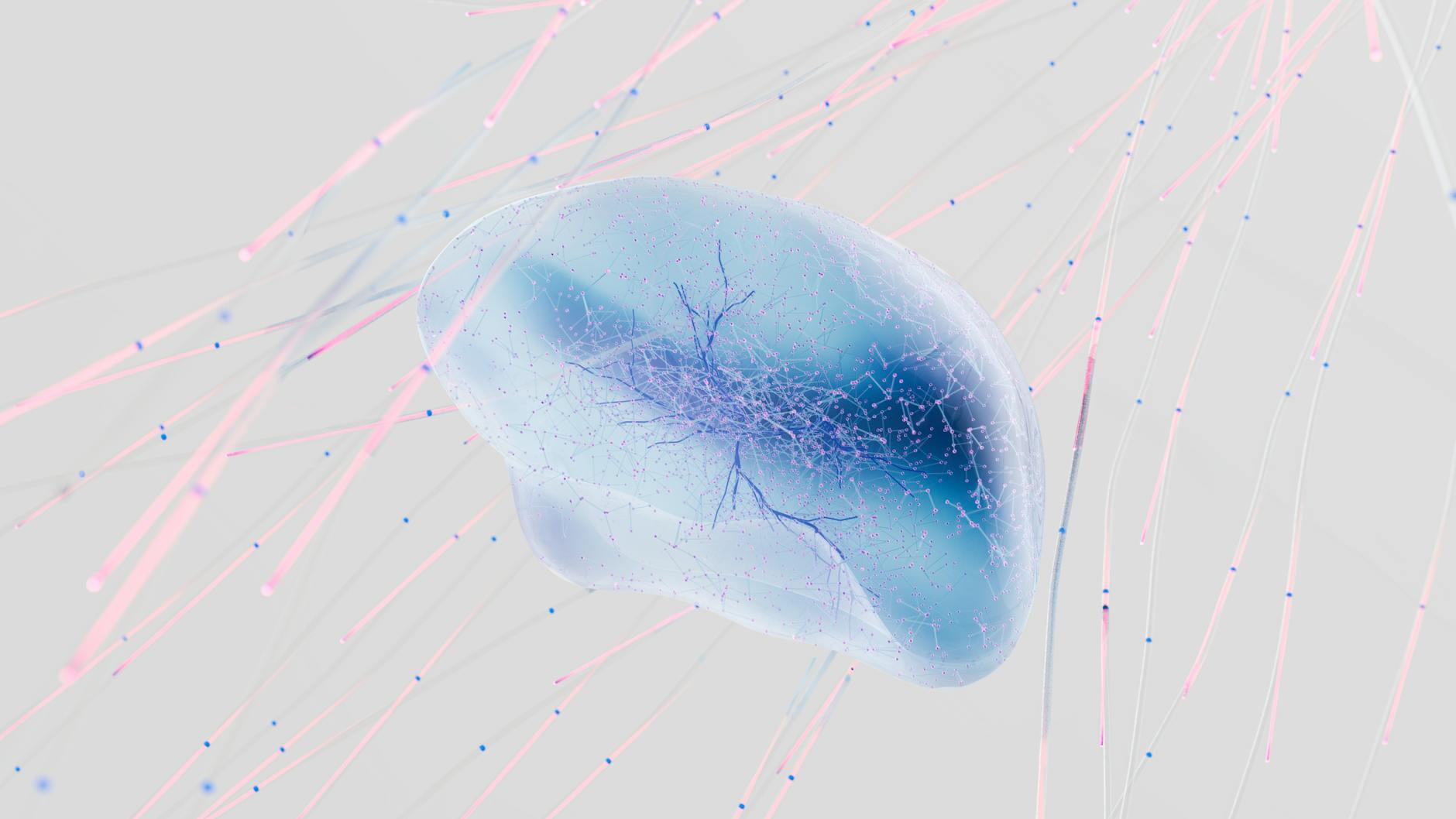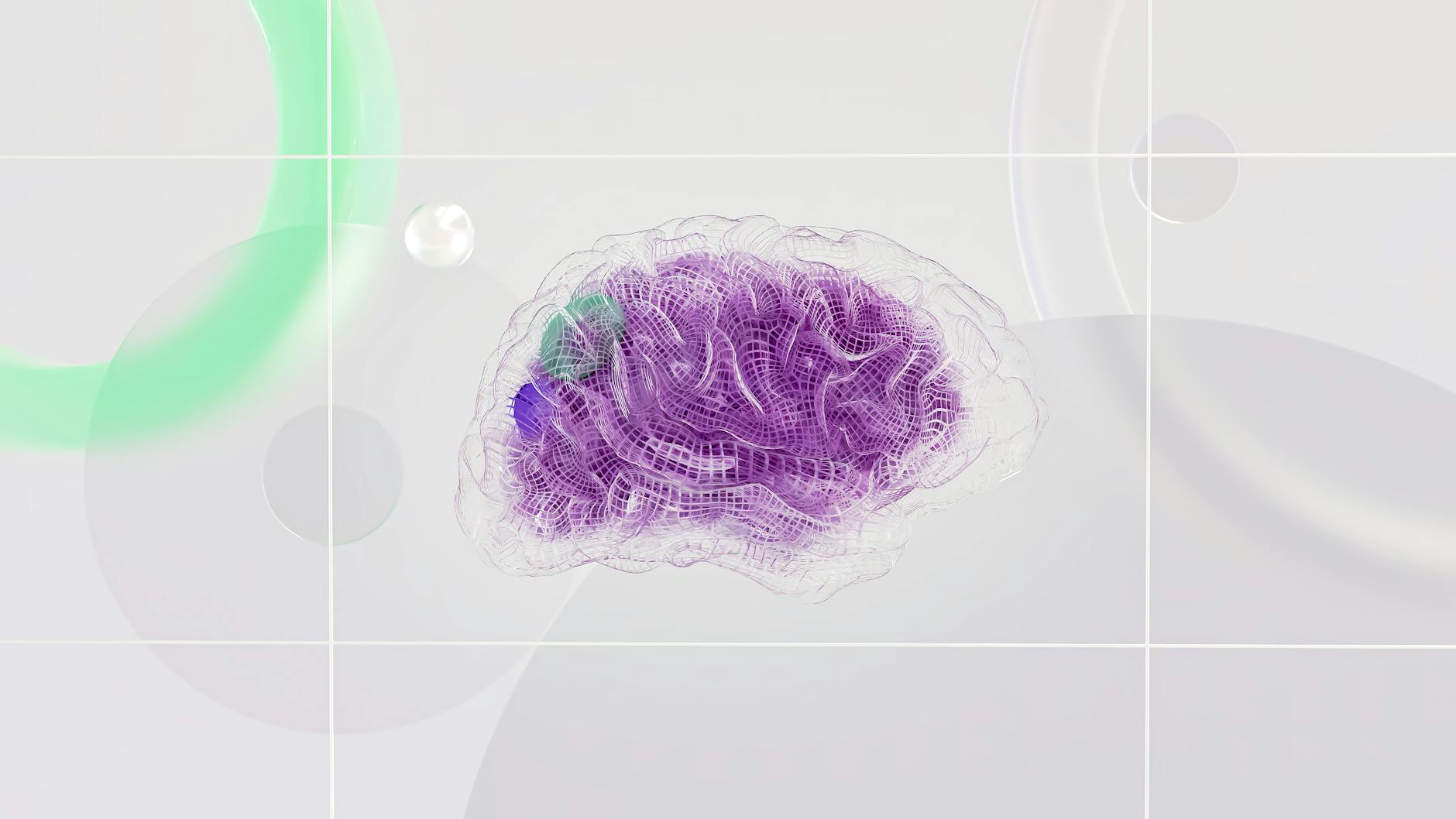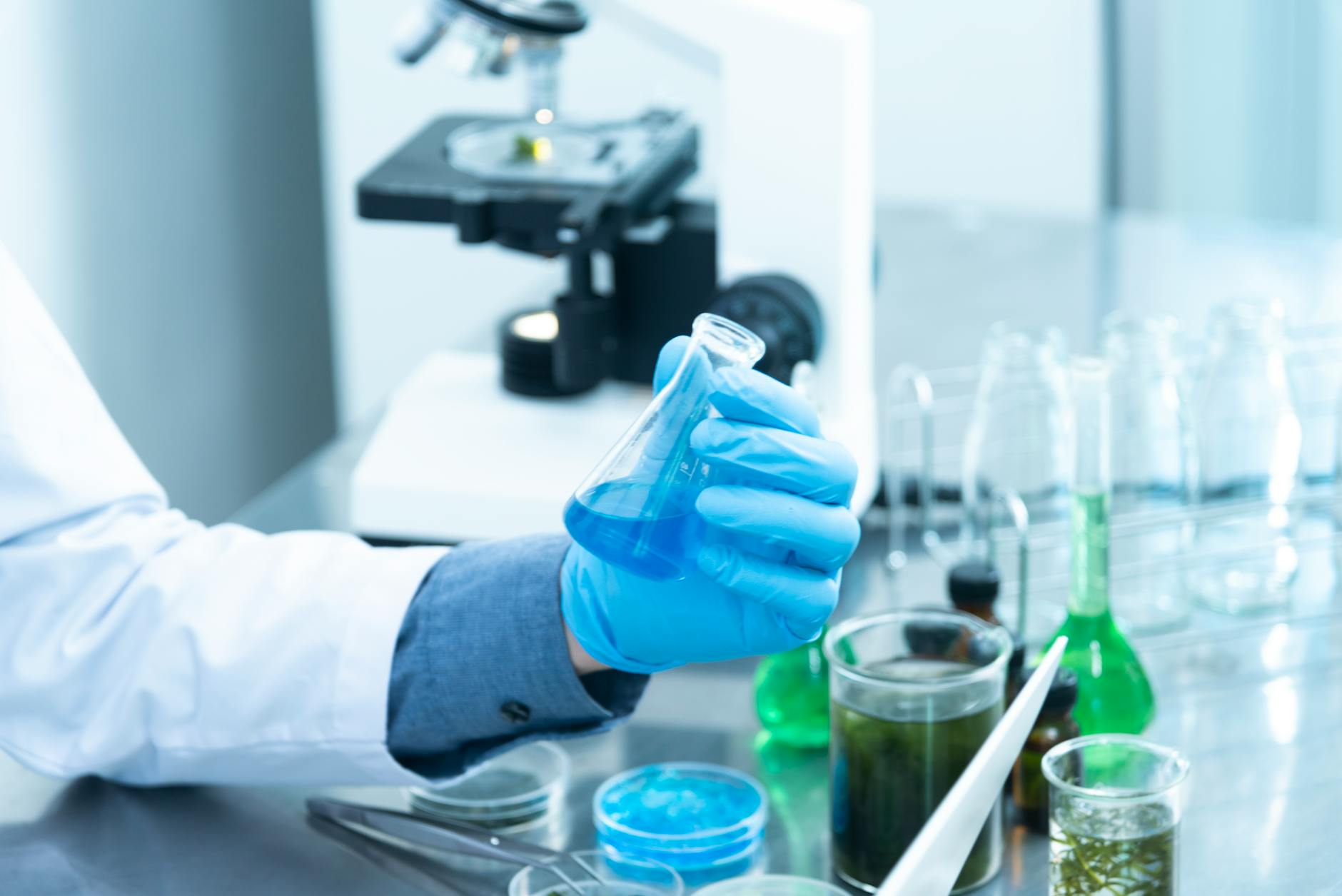Breakthrough Discovery: The Secret to a Self-Cleaning Brain and the Fight Against Alzheimer's
Imagine a world where the brain can effortlessly eliminate toxic waste and plaques that contribute to devastating neurodegenerative diseases like Alzheimer's. This may soon become a reality, thanks to a groundbreaking discovery by scientists who have identified the receptor responsible for this self-cleaning process.

The Brain's Waste Management System
The brain, unlike other organs, lacks a traditional lymphatic system to remove waste and toxins. Instead, it relies on a complex network of glial cells, including astrocytes and microglia, to facilitate waste clearance. This process, known as glymphatic flow, is crucial for maintaining brain health and function.
"The brain's self-cleaning mechanism is a remarkable process that has fascinated researchers for years," says Dr. Rachel Kim, a neuroscientist at the University of California, Los Angeles. "Understanding how it works can unlock new avenues for the treatment of neurodegenerative diseases."
The Discovery: A Key Receptor in Brain Self-Cleaning
The research team, led by Dr. Maiken Nedergaard, discovered that a receptor called the beta-2 adrenergic receptor (β2AR) is responsible for stimulating glymphatic flow and promoting the clearance of beta-amyloid plaques, a hallmark of Alzheimer's disease.
This finding is significant, as it provides a new avenue for the development of therapeutic strategies aimed at enhancing the brain's self-cleaning capabilities. By targeting the β2AR receptor, scientists may be able to create novel treatments that slow or even halt the progression of Alzheimer's.

The β2AR Receptor: A Key Player in Brain Health
The β2AR receptor is not new to the scientific community, having been extensively studied in the context of cardiovascular disease and asthma. However, its role in brain function and waste clearance was previously unknown.
The research revealed that the β2AR receptor is expressed on astrocytes, a type of glial cell responsible for maintaining the blood-brain barrier and facilitating waste removal. When activated, the β2AR receptor triggers a cascade of events that increase glymphatic flow, allowing the brain to more efficiently remove toxic waste and beta-amyloid plaques.
Implications for Alzheimer's Research and Treatment
The discovery of the β2AR receptor's role in brain self-cleaning has far-reaching implications for Alzheimer's research and treatment. By targeting this receptor, scientists may be able to:
- Enhance glymphatic flow, reducing the accumulation of toxic waste and beta-amyloid plaques
- Slow or halt the progression of Alzheimer's disease
- Develop novel therapeutic strategies for the treatment of Alzheimer's and other neurodegenerative diseases
According to the Alzheimer's Association, there are over 5.8 million Americans living with Alzheimer's, and this number is expected to triple by 2050. The discovery of the β2AR receptor's role in brain self-cleaning brings new hope to the fight against this devastating disease.
Key Takeaways
- The brain's self-cleaning mechanism, known as glymphatic flow, is crucial for maintaining brain health and function.
- The beta-2 adrenergic receptor (β2AR) plays a key role in regulating glymphatic flow and promoting the clearance of beta-amyloid plaques.
- Targeting the β2AR receptor may lead to the development of novel therapeutic strategies for the treatment of Alzheimer's and other neurodegenerative diseases.
A New Era in Brain Health and Research
The discovery of the β2AR receptor's role in brain self-cleaning marks a significant milestone in our understanding of brain function and waste management. As researchers continue to unravel the complexities of glymphatic flow and its regulation, we may be on the cusp of a revolution in brain health and disease treatment.
"This breakthrough discovery has the potential to change the landscape of Alzheimer's research and treatment," says Dr. David Holtzman, a neurologist at Washington University School of Medicine. "It's an exciting time for researchers and patients alike."
Imagine a future where Alzheimer's disease is no longer a debilitating and feared condition, but rather a manageable and potentially reversible one. The discovery of the β2AR receptor brings us one step closer to realizing this vision, and its implications are sure to have a lasting impact on the scientific community and beyond.

As we continue to explore the intricacies of the brain's self-cleaning mechanism, one thing is clear: the future of brain health has never looked brighter. (Read more: Our Guide to Brain Health and Neurodegenerative Diseases)
Comments
Post a Comment